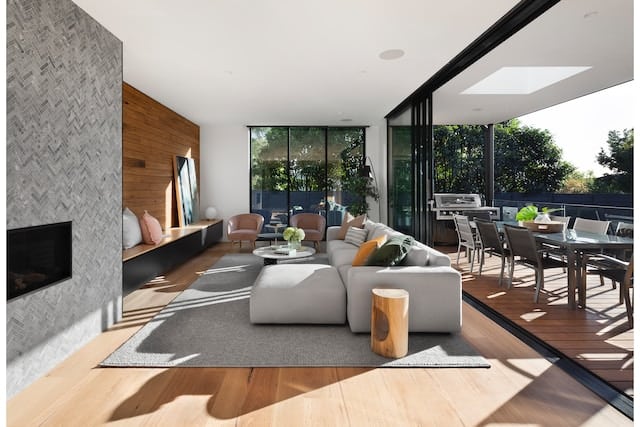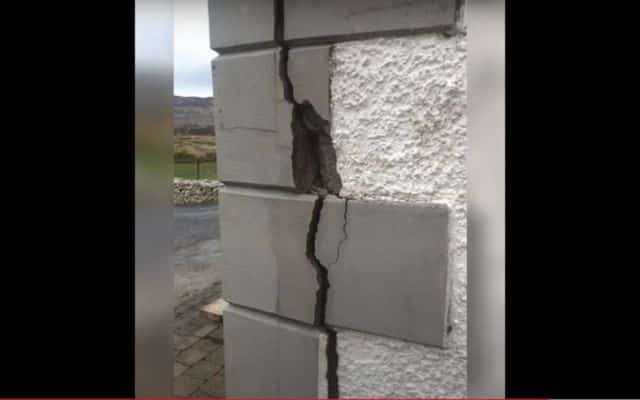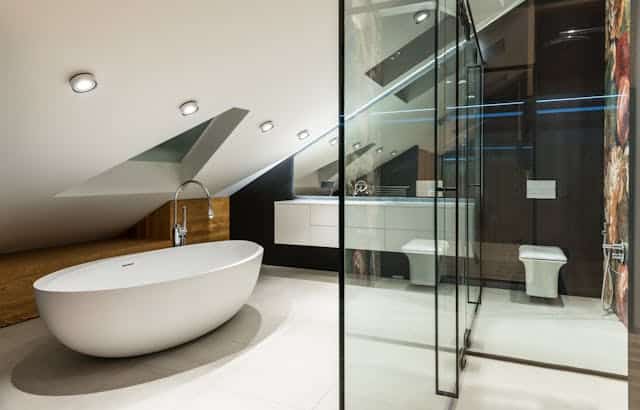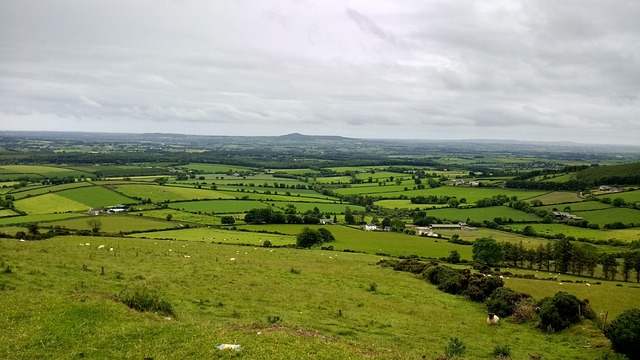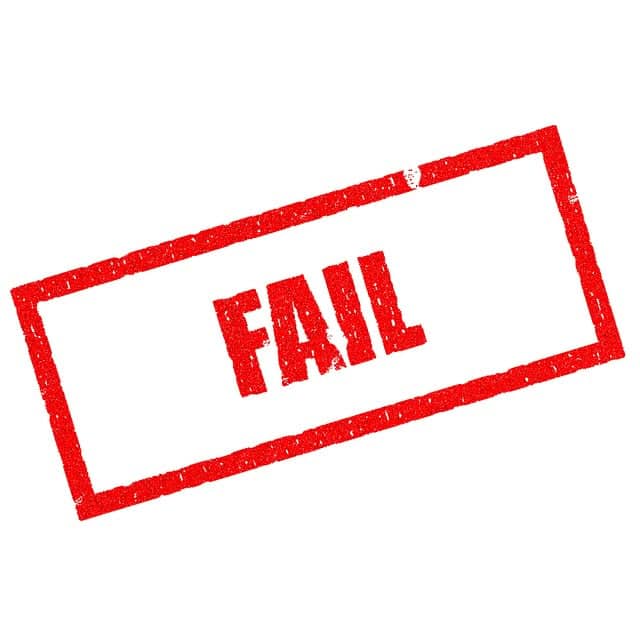The NI energy regs will change in 2024 for insulation, airtightness, heating, ventilation, overheating, and maybe even house size.
In this article we cover:
- What the changes mean for those building new and for those renovating their home in NI
- Changes to heating systems: will heat pumps become mandatory?
- Cost of heating systems: heat pumps versus gas with PV
- Will oversized homes be banned?
- Changes to ventilation and overheating
- Timeline of proposed changes
Changes to insulation, airtightness, overheating, heating systems and ventilation are all on the cards for new builds in NI, as the Department of Finance publishes a public consultation to change the building regulations.
Oil boilers are likely to be de facto banned from new builds from 2024 even though a cost analysis shows heat pumps aren’t cost efficient to run on their own.
Changes to the building regulations will be incremental, with the first uplift under Phase 3 expected by 2023/24. It targets lower operational emissions and significantly improved energy performance of new buildings.
Phase 4 (2026/27) will take England’s 2025 Future Homes and Future Buildings proposals into account, to ensure that all new builds will become net zero over time without further work to the building or its services. At this stage heat pumps or equivalent low carbon systems are likely to become mandatory.
The changes are part of NI’s Roadmap to Net Zero although pundits claim NI is a long way from achieving its 2030 net zero target.
Heating
The NI Department of Finance’s public consultation outlines two scenarios for changes to the building regulations for heating: heat pumps or gas with photovoltaics (PV). Changes will build on those made a year ago.
“The Department anticipates that LPG [liquified petroleum gas] fuelled boilers or the use of heat pumps would provide an alternative means of heating in [the public consultation Phase 3] scenario but these solutions will have additional capital and running cost implications compared to urban situations with access to mains gas,” reads the rural impact assessment.
“A future uplift to energy efficiency standards is anticipated for no later than 2026/27 and it is expected that at this point all new-build homes would be fitted with low carbon forms of heating (i.e. heat pumps or equivalent). Under this scenario, location would be less influential.”
With the uptake of heat pumps and electric vehicles, the document goes through the cost implications of strengthening the electricity network.
Ventilation and overheating
The NI technical booklet relating to ventilation will also see changes, including for existing homes where an energy upgrade has taken place.
Depending on how much work has been undertaken, a centralised mechanical extract ventilation system could become mandatory. Monitoring of carbon dioxide levels may also be required.
A new technical booklet is also likely to be introduced to deal with overheating. Among other changes, rooms facing west, south or east may only be allowed glazing on 20 per cent of the total floor area of the room.
Oversized homes
The consultation document is keen to “consider if anything could/should be done through the Building Regulations to discourage over-sized dwellings”.
“There is clear evidence of a different build mix, (with more houses and fewer flats), and outline evidence of larger new-build dwelling sizes here, compared to other regions of the UK,” states the consultation document.
Larger homes tend to consume more energy than compact dwellings.
Cost considerations
“From a social perspective, it would be important that the increased capital costs should not unduly limit the capacity of rural communities to carry out building work,” states the rural impact assessment.
In terms of running costs, the Department’s initial appraisal of a semi-detached house shows that a heat pump may not reduce running costs to the same extent as a conventional boiler with photovoltaic arrays.
“However, heat pumps or bio-fuels are the only solutions that, at present, reduce emissions to levels close to the expected 2050 levels demanded by the Climate Change Act,” reads the report. “Further modelling of specific outcomes will be needed as part of future proposals, but this illustrates some off the challenges with low carbon heating led solutions.”
Below is the running cost comparison from the assessment, running costs are per year:


